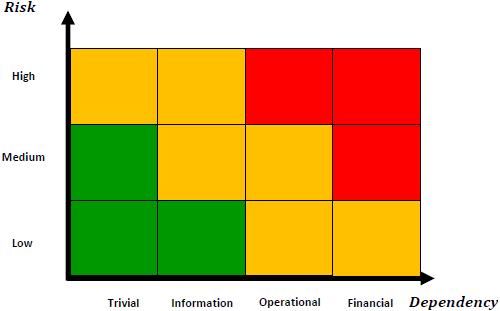Authors
Mukul Madahar
Abstract
Spreadsheets are the most widely used End User Computing (EUC) tool. Errors in spreadsheets are significant and well documented. There is anecdotal evidence that spreadsheets are used at strategic level. The conjunction of the extent of errors and spreadsheet use at a strategic level in organisations raises the risk exposure to organisations.
There are two approaches towards this problem: 'spreadsheet engineering' or 'business problem'. There is extensive research in finding spreadsheet engineering solutions to reduce the errors. This research instead followed a 'business problem' approach. The literature reviewed concerned various subject areas: general Risk Management, EUC and IT Risk Management. The conceptual framework developed suggested an approach to mitigate risks associated with spreadsheet use.
The study followed a pragmatist research philosophy using a combination of qualitative and quantitative methods. This research investigated the significance and extent of spreadsheet problems using a Questionnaire survey conducted with Tuck Business School, USA, along with four secondary studies and a qualitative analysis of an e-discussion by an expert forum of EuSpRIG. This was followed by two qualitative case studies using semi-structured interviews. Resulting from the case studies, a model was developed for categorising spreadsheet use incorporating risk. The categories of use and approach to measure the risk were defined.
This study concludes that spreadsheets are an integral part of the organisations and their strategic decision-making processes. Spreadsheets are a powerful tool and have been a victim of their own success. The answer is not to avoid spreadsheets but to use them more sensibly and carefully as one would do with any other powerful tool. There needs to be formalised control governing their use and development, based on their type of use and extent of risks associated. The model developed helps prioritise spreadsheets based on categories of use incorporating risk associated and suggested strategy for each category.
Sample

The final model has two dimensions: Risk and Dependency.
This matrix gives us a framework of categories of spreadsheet use incorporating risk with trivial low risk spreadsheets on one end and highly strategic high risk spreadsheets on the other end.
Publication
2011, Ph.D thesis, University of Wales, May
Full article
Spreadsheet use for strategic decision-making: An analysis of spreadsheet use and associated risk
